Honesty / Spring / Summer / Autumn / Edible
Common Names
The Honesty plant, Annual Honesty, Money Plant.
Botanical Name
Lunaria Annua
Scientific Classification
Kingdom – Plantae
Order – Brassicales
Family – Brassicaceae
Physical Characteristics for Honesty
A naturalised, annual/biennial, flowering plant.
Leaves
Large, oval, hairy leaves, lobed with a point at the end.
Flowers
Purple, cruciform flower, with four delicately veined petals, growing in clusters on tall stems.
Seeds
The seeds pods start out as a flat green disc, that goes almost see-through papery as it matures. You can see the small seeds clearly outlined inside. A key identifier for the plant.
Habitat
Hedgerows, field edge, parks.
Known Hazards
None Known.
Could be Confused with…
Other members of the Brassica family but they are all edible.
Edible Uses
All parts of this plant are edible.
The root can be roasted like Potatoes.
The leaves which have pleasant Mustard meets Cabbage flavour can be eaten raw or cooked like cultivated Cabbage. Harvest the leaves before the flowers appear as they get bitter after this point.
The seeds taste like Horseradish or Mustard and can be crushed with a little water for a mustard alternative.
The green seeds pods are lovely straight off the plant and have a fiery Horseradish flavour.
Notes on Herbal Uses
An acid obtained from the seeds is used in the treatment of multiple sclerosis.
Extra notes from the Foragers
The Latin name for the plant derives from Lunaria meaning moon-shaped in reference to the seed pods.
In witchcraft the seeds are believed to bring prosperity and keep away monsters.
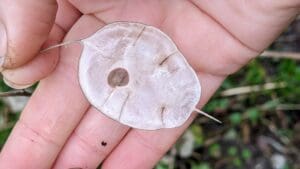
Leave a Reply
You must be logged in to post a comment.



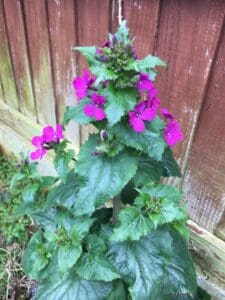
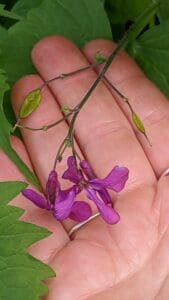
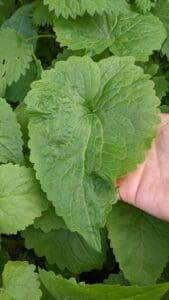
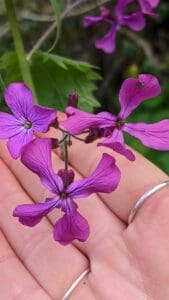

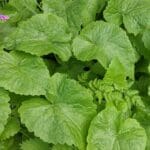
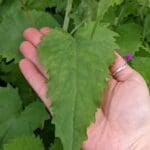
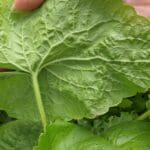
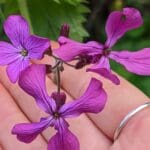
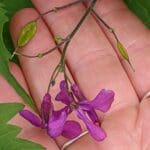
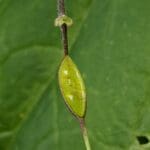
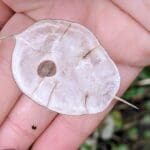



1 reply on “Honesty (Lunaria annua) Identification”